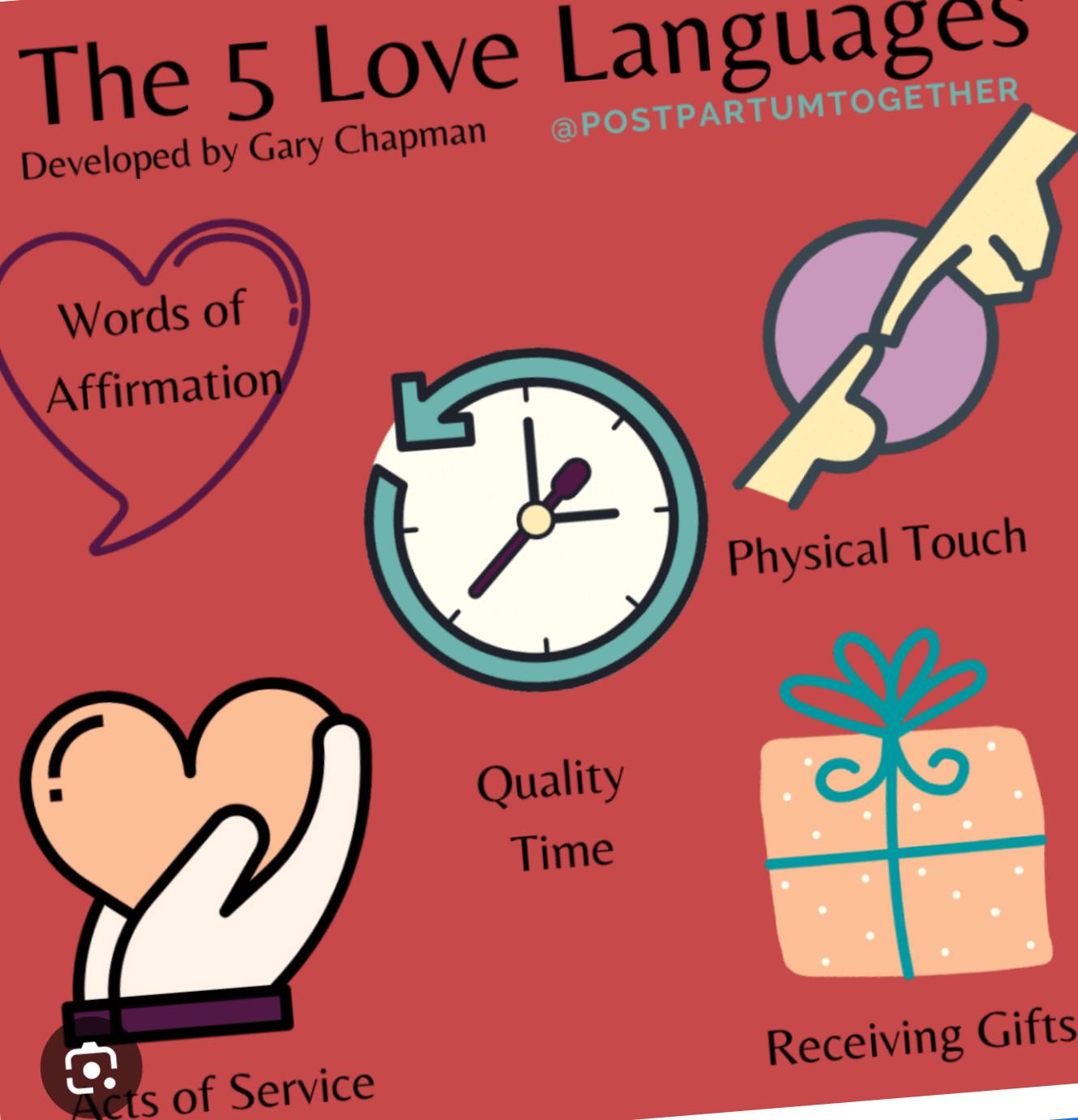Understanding Love Languages: The Key to Deeper Connections
In a world where communication is essential to relationships, understanding how we express and receive love can transform our connections with others. The concept of love languages, popularized by Dr. Gary Chapman in his book "The Five Love Languages," provides a framework for recognizing and nurturing these essential bonds. By exploring each of the five love languages—Words of Affirmation, Acts of Service, Receiving Gifts, Quality Time, and Physical Touch—we can learn to speak our partner's language more fluently, leading to deeper intimacy and understanding.
The Foundation of Love Languages
At its core, the idea of love languages emphasizes that people express love in different ways. When partners speak different love languages, misunderstandings and feelings of neglect can arise, even when both parties are genuinely trying to show love. Recognizing and adapting to each other's love languages can help bridge these gaps, fostering a more harmonious relationship.
The Five Love Languages
Words of Affirmation: For some, words are the primary way to feel loved. Compliments, praise, and verbal encouragement are essential. Simple affirmations can go a long way—saying "I appreciate you" or "You did a great job" can uplift and deepen emotional connections.
Acts of Service: This love language is about doing things for others. Whether it’s helping with chores, preparing a meal, or running errands, actions often speak louder than words. Partners who value acts of service feel loved when their significant other takes the time to help out or make their life easier.
Receiving Gifts: For those who resonate with this love language, a thoughtful gift can convey love in profound ways. It’s not about the monetary value but the sentiment behind the gift. A handmade card or a favorite snack can mean more than an expensive item if it’s given with love and intention.
Quality Time: This love language emphasizes the importance of undivided attention. Spending time together, engaging in meaningful conversations, and participating in shared activities foster connection. Those who value quality time feel loved when their partner prioritizes time together, free from distractions.
Physical Touch: For some, physical touch is the most direct expression of love. Hugs, kisses, holding hands, and other forms of physical connection reinforce feelings of affection. This love language speaks volumes, particularly in moments of comfort and support.
Discovering Your Love Language
Identifying your own love language and that of your partner can be a transformative step. There are numerous online quizzes and resources available to help you explore your preferences. However, personal reflection is equally important. Consider the following questions:
How do you express love to others?
What makes you feel most appreciated?
What gestures from your partner make you feel loved?
Understanding your love language and your partner's can foster better communication and reduce the likelihood of misunderstandings.
Love Languages in Action
Once you've identified your love languages, it's time to put this knowledge into practice. Here are some strategies to incorporate love languages into your relationship:
For Words of Affirmation
Daily Compliments: Make it a habit to compliment your partner every day. It can be about their appearance, their accomplishments, or even small things they do that make you happy.
Express Gratitude: Regularly express appreciation for your partner. A simple "thank you" can go a long way.
Write Notes: Leave little notes around the house or send them texts expressing your love and admiration.
For Acts of Service
Help Out: Offer to do tasks that your partner usually handles. This could include chores, cooking, or anything that eases their burden.
Surprise Acts: Surprise your partner with small acts of service, like preparing breakfast in bed or running errands for them.
Plan Together: Engage in planning and organizing tasks together to strengthen your teamwork.
For Receiving Gifts
Thoughtful Surprises: Pay attention to what your partner mentions wanting or needing, and surprise them with thoughtful gifts.
Special Occasions: Make birthdays, anniversaries, and holidays memorable with gifts that show you care.
Everyday Tokens: Small gestures, like bringing home their favorite snack, can express love in significant ways.
For Quality Time
Date Nights: Schedule regular date nights to prioritize time together. Choose activities that allow for conversation and connection.
Limit Distractions: During your time together, put away phones and other distractions to focus solely on each other.
Shared Hobbies: Engage in activities you both enjoy, whether it’s cooking, hiking, or watching movies.
For Physical Touch
Affectionate Gestures: Be intentional about incorporating physical touch into your daily interactions, such as holding hands, cuddling, or hugging.
Create Rituals: Establish routines that include physical closeness, like snuggling while watching TV or a morning hug.
Be Mindful: Be aware of your partner’s comfort levels and preferences regarding physical touch.
Navigating Differences in Love Languages
It's common for partners to have different love languages, which can lead to friction if not addressed. Here are some strategies for navigating these differences:
Communicate Openly
Discuss your love languages openly and honestly. Share what makes you feel loved and ask your partner about their preferences. Understanding each other’s perspectives can foster empathy and connection.
Educate Each Other
Educate each other about what your love languages mean. Share resources, like books or articles, that explain your feelings and preferences in depth. This can lead to a greater understanding and appreciation of each other's needs.
The Impact of Love Languages on Relationships
Understanding and utilizing love languages can significantly impact the quality of your relationship. Here are some benefits:
Enhanced Communication
When partners understand each other’s love languages, communication improves. They can express love in ways that resonate with their partner, reducing miscommunication and frustration.
Increased Intimacy
Being attuned to each other’s love languages fosters emotional intimacy. Couples who regularly express love in meaningful ways feel more connected and secure in their relationship.
Greater Satisfaction
When partners feel loved and appreciated, overall relationship satisfaction increases. Each person feels valued, leading to a more positive and fulfilling partnership.
Conflict Resolution
Understanding love languages can also aid in resolving conflicts. When disagreements arise, recognizing that your partner may express love differently can help you approach the situation with empathy and understanding of Love languages provide a powerful tool for enhancing relationships and fostering deeper connections. By identifying and understanding your own love language and that of your partner, you can communicate love in meaningful ways that resonate deeply. Embracing this knowledge leads to more fulfilling, intimate, and harmonious relationships, ultimately creating a loving environment where both partners can thrive.
Whether you're in a romantic relationship, a friendship, or a family bond, the principles of love languages can enhance your connections. By making an effort to speak each other's love languages, you can create a foundation of love and understanding that stands the test of time.


